Who decides who is put on a pedestal?

Monuments in public spaces are a politically charged issue, with closed circles of experts often making decisions about who or what gets memorialised in Switzerland. In an opinion piece, a group of academics and curators argues that the time has come for greater transparency and new types of commemoration.
The Swiss women’s strike in 2019 and the Black Lives Matter movement that began in the United States in 2020 have helped to raise questions about the politics of memory in Switzerland. In the country’s public spaces, there is an absence of memorials to women, people with migration experience and people of colour.
Philine Erni is an art and literary academic and will be part of the management team of Theater Winkelwiese in Zurich from the 2022/23 season.
Sarah Grossenbacher studied history, sociology and spatial planning and is co-head of urban planning at the City of Lucerne.
Rachel Huber has a doctorate in history. She researches and teaches at the Department of Modernism at the University of Lucerne and is co-founder of the Historians’ Network Switzerland.
Vera Ryser is a freelance curator, exhibition organiser and literary academic. Among other things, she co-initiated the project Das Wandbild muss weg!External link (The mural must go!).
Instead, it is mostly white male figures standing on pedestals of bronze or stone. For decades – centuries, even – they have represented Swiss progress, innovation and success. What’s often overlooked is that their success and wealth are built on, among other things, the exploitation of indigenous peoples, the keeping of slaves or their support for the slave trade.
Various voices have demanded that statues of such figures be transferred to museums or re-interpreted and their hidden stories be revealed and displayed.
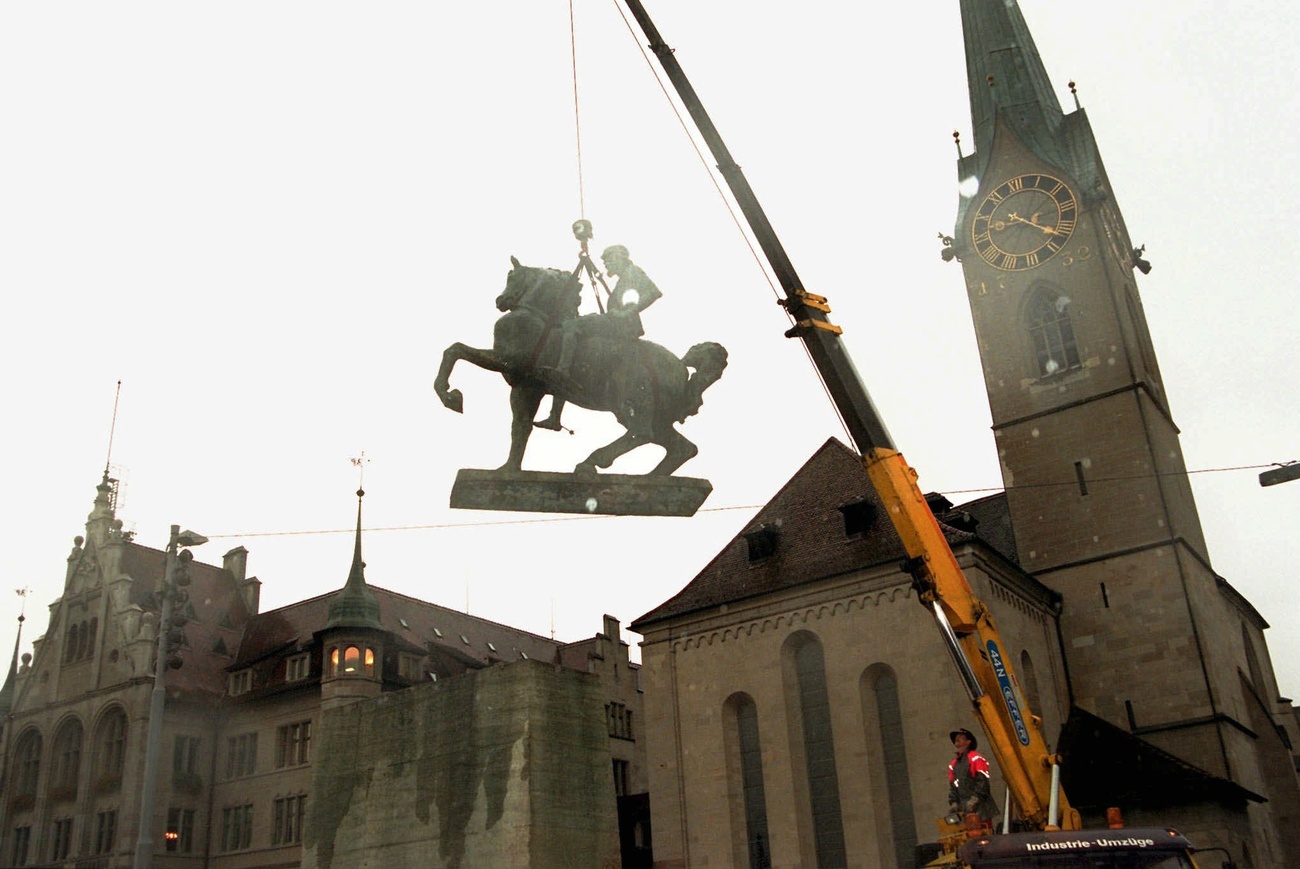
The year 2021 marked 50 years since Swiss women obtained the right to vote. Many academic conferences and media reports, such as one in the German-language NZZ am SonntagExternal link newspaper, took stock of progress made in that time: roughly 70% of artworks shown in Swiss museums are by men; nine out of ten streets named after a prominent figure are named after a man; and women go largely unmentioned in history books.
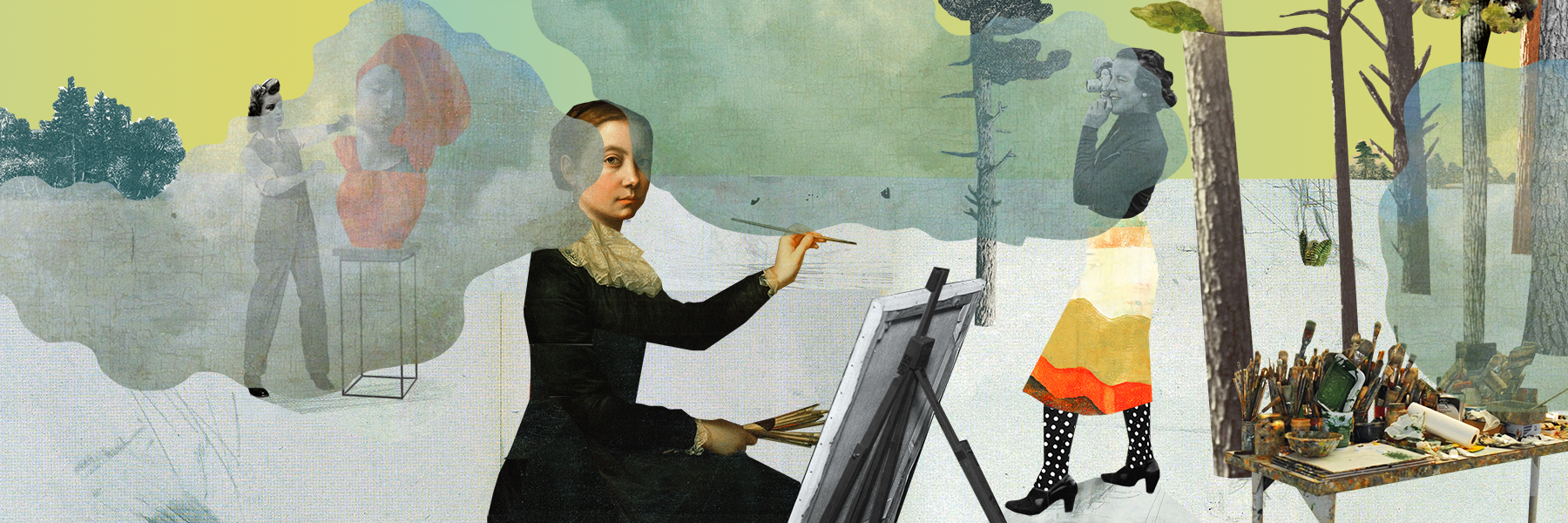
More
The fight for gender equality in Swiss art institutions
The need for a diverse culture of remembrance is clear. But how can such a polyphony be taken into account when dealing with the existing monuments in public spaces?
Who decides? And why is there no public discourse?
Depending on their significance, existing monuments in public spaces fall under the responsibility of either city or cantonal heritage authorities. But deciding which structures can receive heritage status – and therefore become officially part of public remembrance – is the responsibility of heritage conservatorsExternal link. Normally these decisions come without public consultation, even in the case of public monuments that hold great symbolic and political significance.
Thanks to political pressure, in the city of Zurich a working group (Kunst im öffentlichen Raum or Art in the Public Space) is examining 26 statues, while the historian Georg Kreis is looking at “just under 40 monuments”External link. These studies are generally welcome, but they still raise questions: Who are the experts in this case and who is being brought on to offer advice? And why is there no public discussion, despite there being a highly political question at the core: how do we as a society want to remember the past?
Regulations exist primarily on the protection and preservation of monuments. Even artworks commissioned for public spaces are created for eternity, barring damage. Can activism alone prompt a swift removal? Vandalism can touch a nerve, but it only solves the problem of unbalanced representation in public spaces in a selective way. As seen with demands since the 1970s from feminists that public squares and streets be renamed, little has changed structurally: the demands are far too seldom complied with to this day.
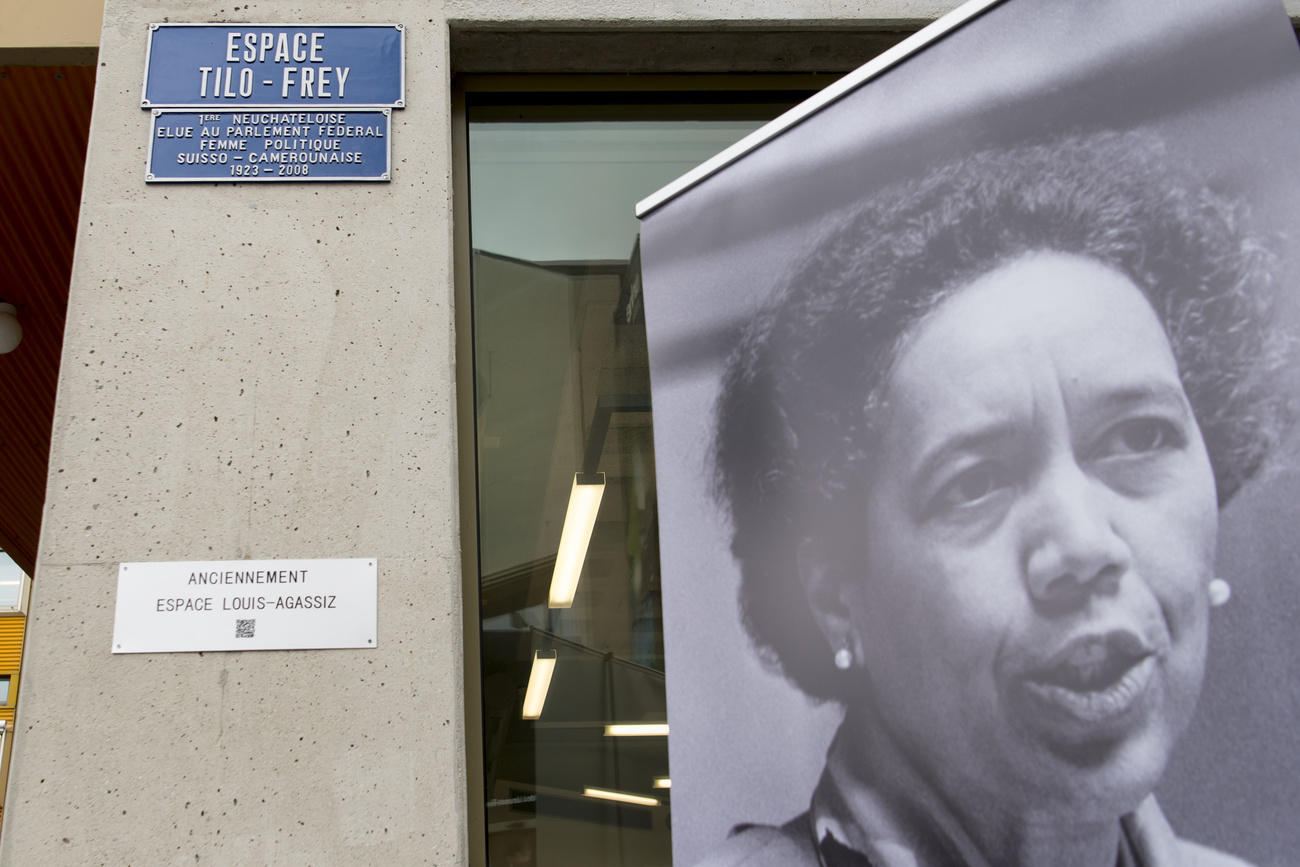
More
Should urban planning be politically correct?
Yet involving locals in a discussion is both possible and sensible. In recent years, many municipalities have gathered experience with participative processes. These have taken many forms: surveys, roundtables and workshops, even games and guided tours, both digital and in person. Why aren’t these forums being used to talk about public monuments?
What must we rethink or unlearn?
At this point, it is worth taking a look at the current restitution debate, where the art historian Bénédicte Savoy and the economist Felwine Sarr have called for a “gesture of restitution” with considerable success. “Gestures of removal” or “completion” could serve as a good starting point for a new approach to memory culture. They could also contribute to a new type of relationship between segments of society that are over-represented and those that are under-represented – one that gives a sense of community and belonging.
This approach would be based on the view that history, too, is “in constant flux,” as the historian Achim Landwehr puts it: the past, present and future are all related and historical narratives are constructs of the present-day perspective. This concept of history inevitably calls into question today’s assumption that monuments are valid for eternity.
More
To forge a new culture of remembrance that’s fit for our times, cities and towns need to actively promote a new type of relationship in public spaces, not just to protect their monuments, but also to renew them. The recent call to supplement the statue of David de Pury in Neuchâtel with works that will initiate a critical dialogue about the original statue of the Swiss banker and slave trader, and the Zurich project group to combat racism in public spaces show that Swiss cities are beginning – albeit slowly and within the constraints of existing structures – to take an interest in a new remembrance culture.
This new culture requires existing specialist juries to relinquish their power and make way for more participative strategies and greater transparency. This way it would be possible, at last, to anchor our towns’ public spaces in the present and distance ourselves from the misunderstanding that “heritage” should serve as a lasting commemoration of a system bequeathed to us by the past.
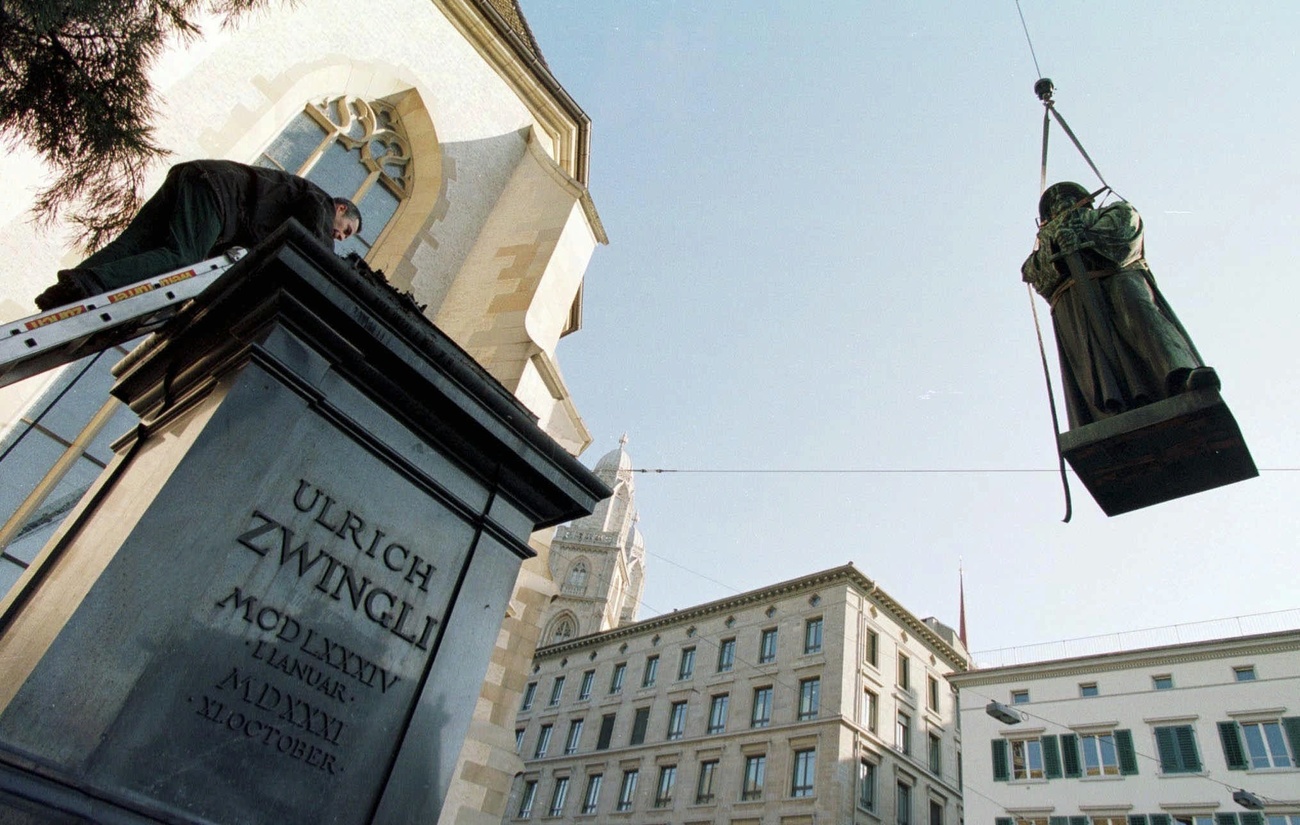
Existing statues would be complemented by achievements and realities that are part of our society but are not memorialised in public spaces – and therefore remain invisible. They include women, the LGBTQ community and people of colour as well as subjects that remain socially taboo: forced labour and Switzerland’s policy on foreign seasonal workers, for example. One pre-requisite for a diverse, intersectional culture of commemoration and remembrance would be that these “others” can participate in political, legal, institutional and cultural life.
Anyone who wants to contribute to this must work on visibility. It starts with basic research. And we have to establish different and more current forms of remembrance: “edit-a-thons” (where authors create articles collectively on neglected historical women for the online encyclopaedia Wikipedia) or hashtags such as #metoo and #blacklivesmatter. Perhaps these are examples of a future memory culture: they are participative and digital, ephemeral and volatile.
(Translated from German by Catherine Hickley/gw)
The views expressed in this article are solely those of the author, and do not necessarily reflect the views of SWI swissinfo.ch.
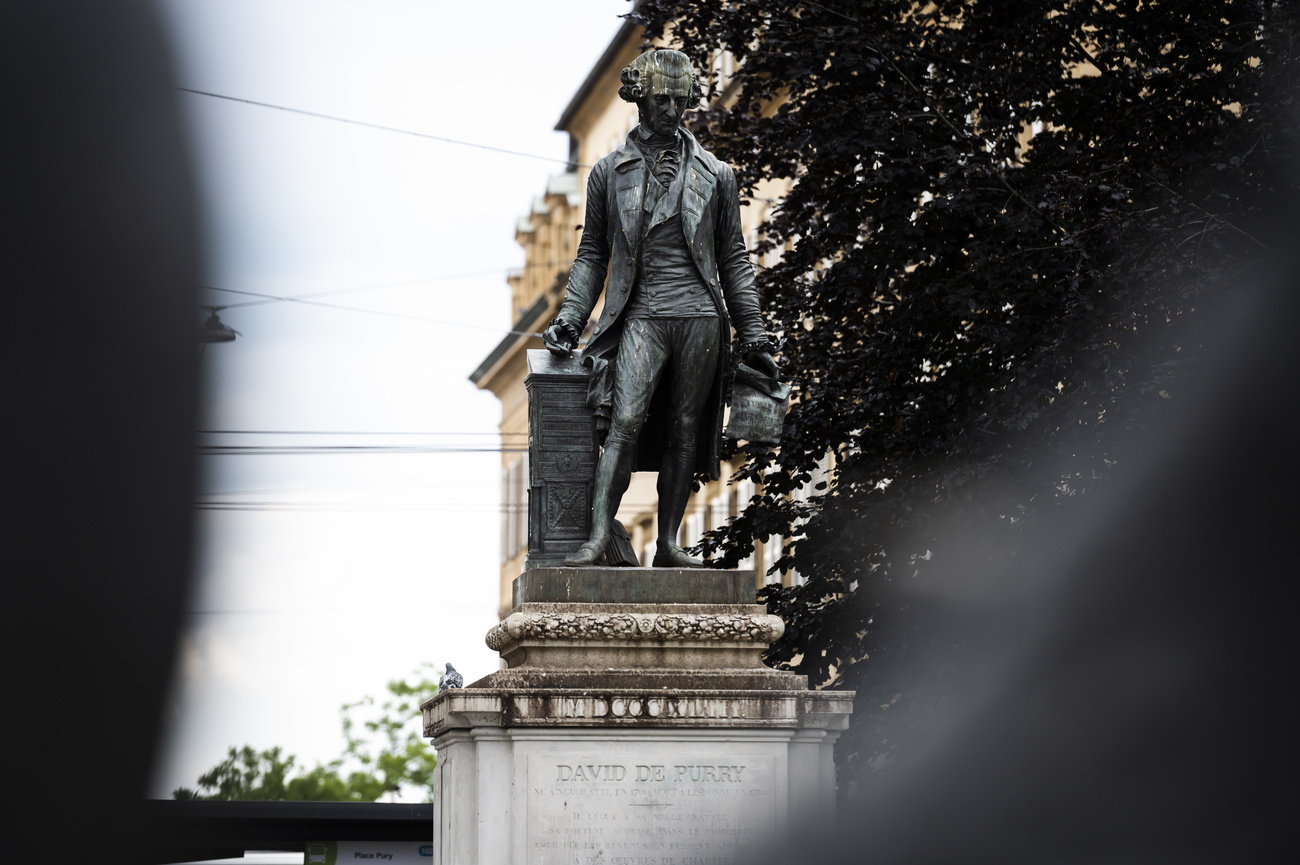
More
Switzerland joins debate about removing controversial memorials

In compliance with the JTI standards
More: SWI swissinfo.ch certified by the Journalism Trust Initiative
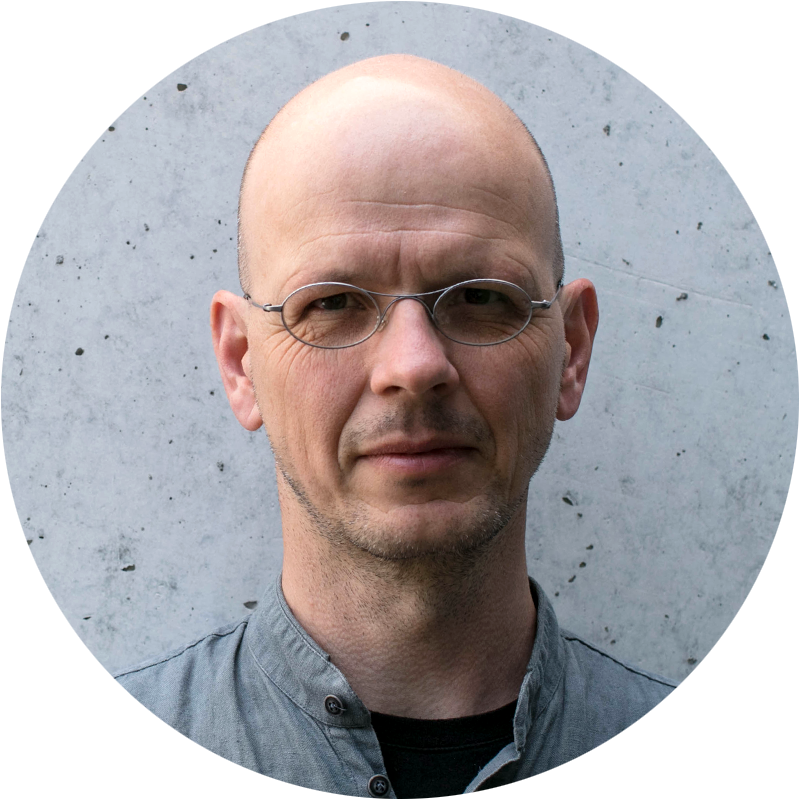








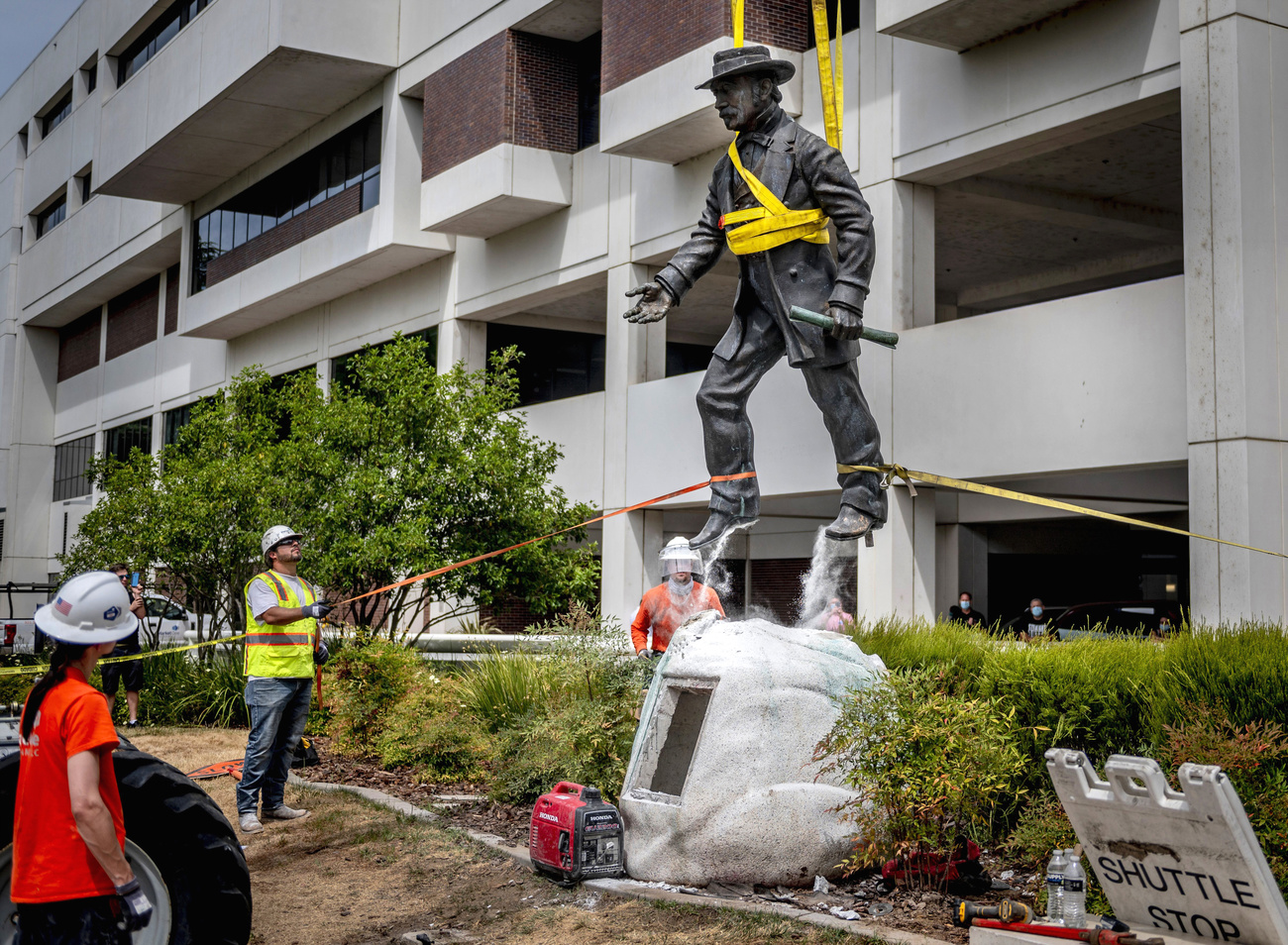
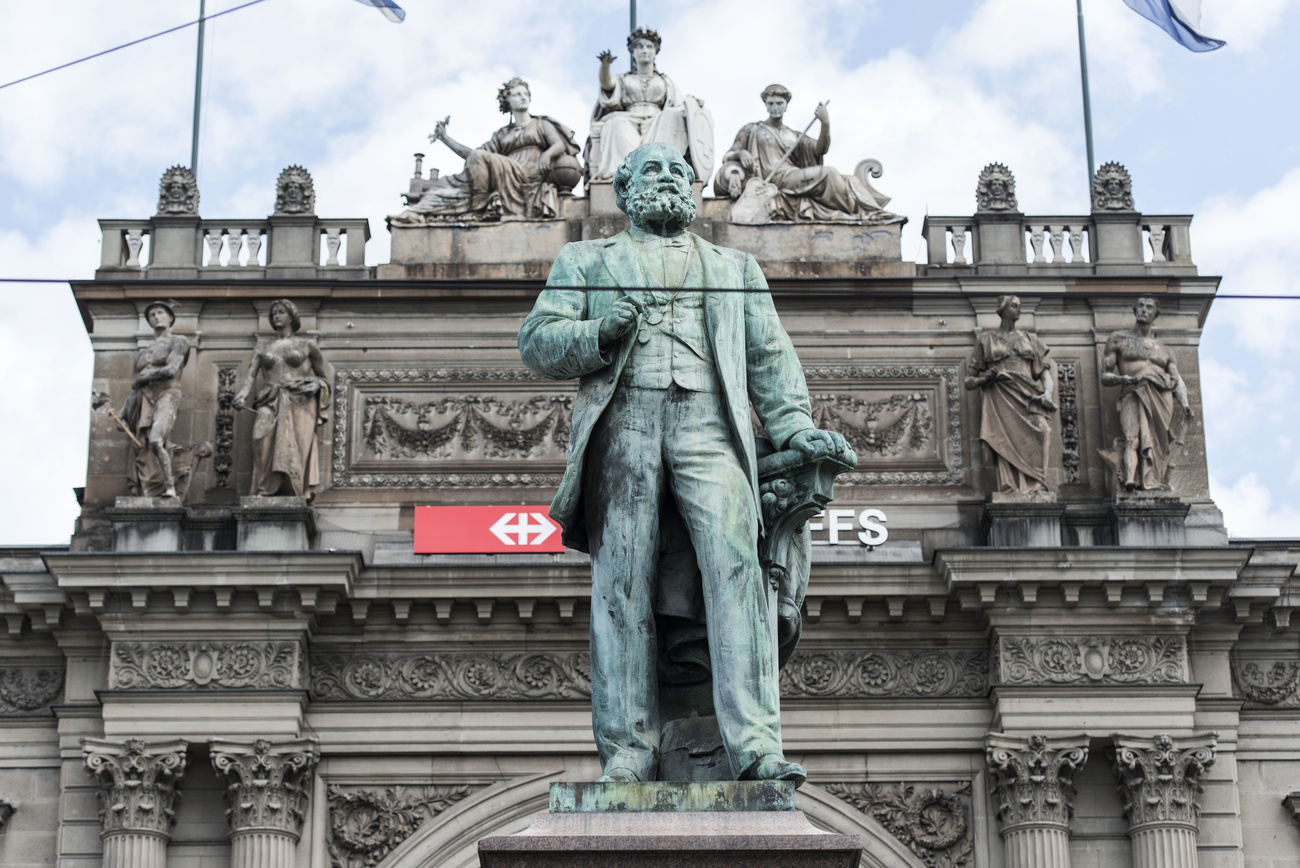

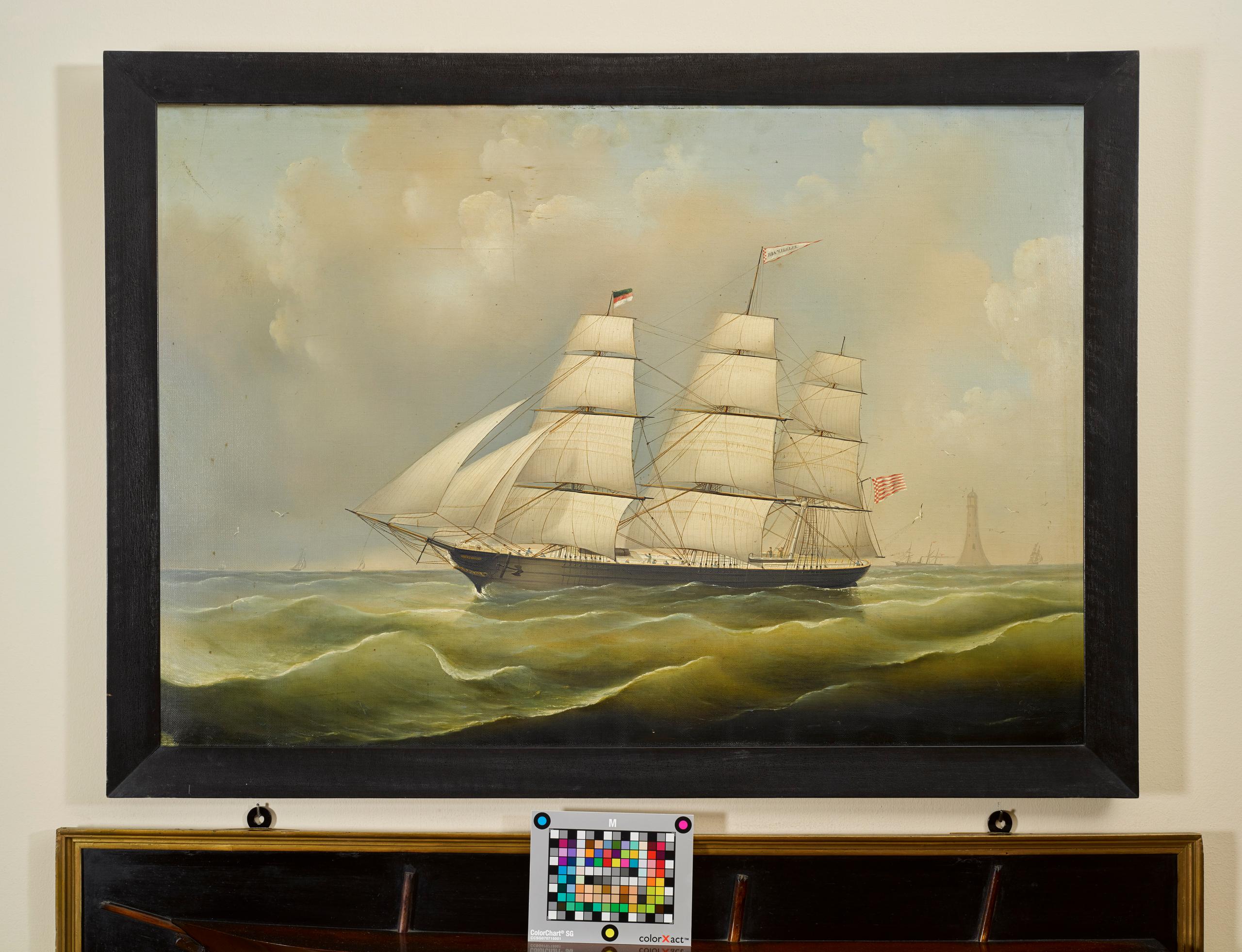
Join the conversation!